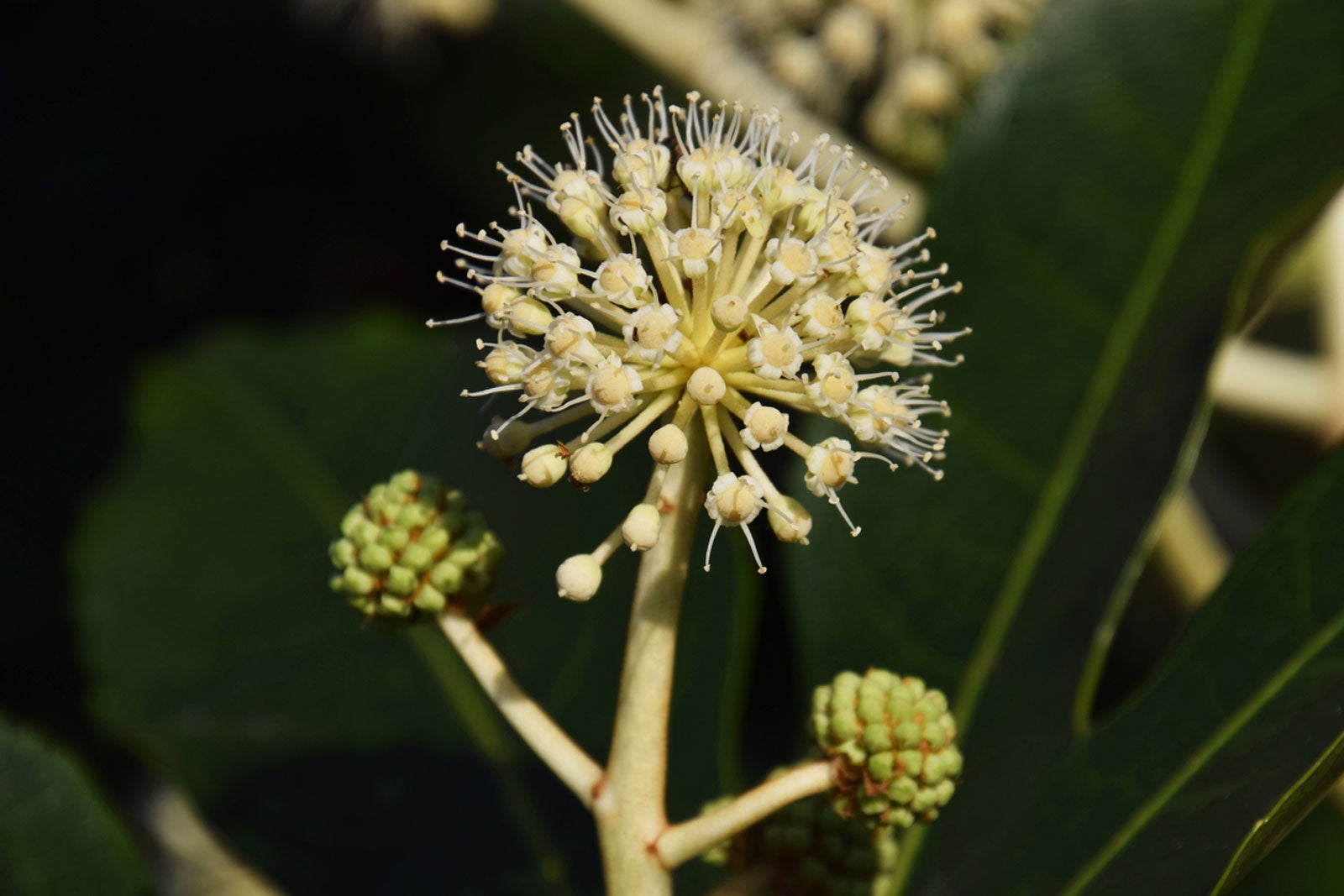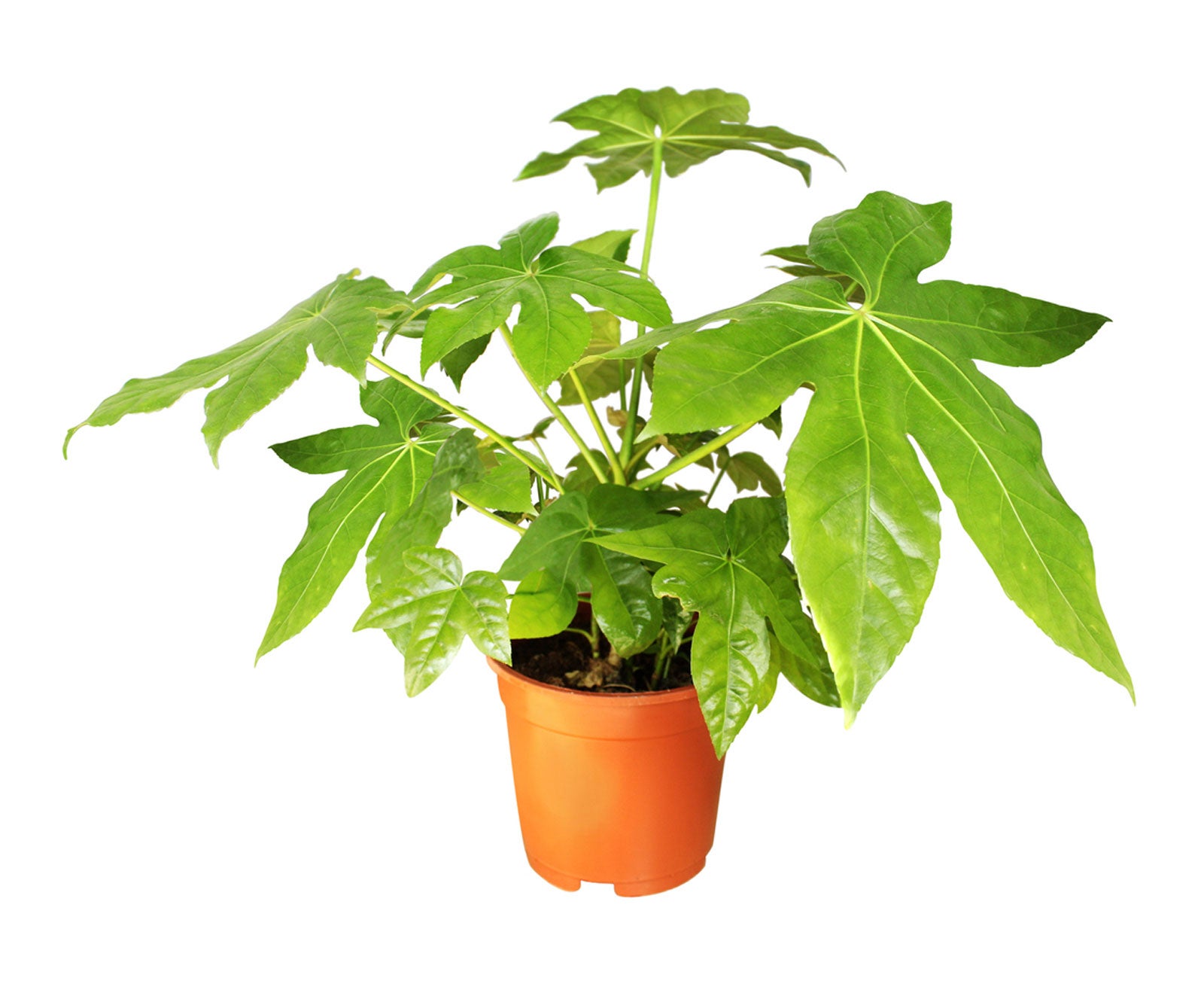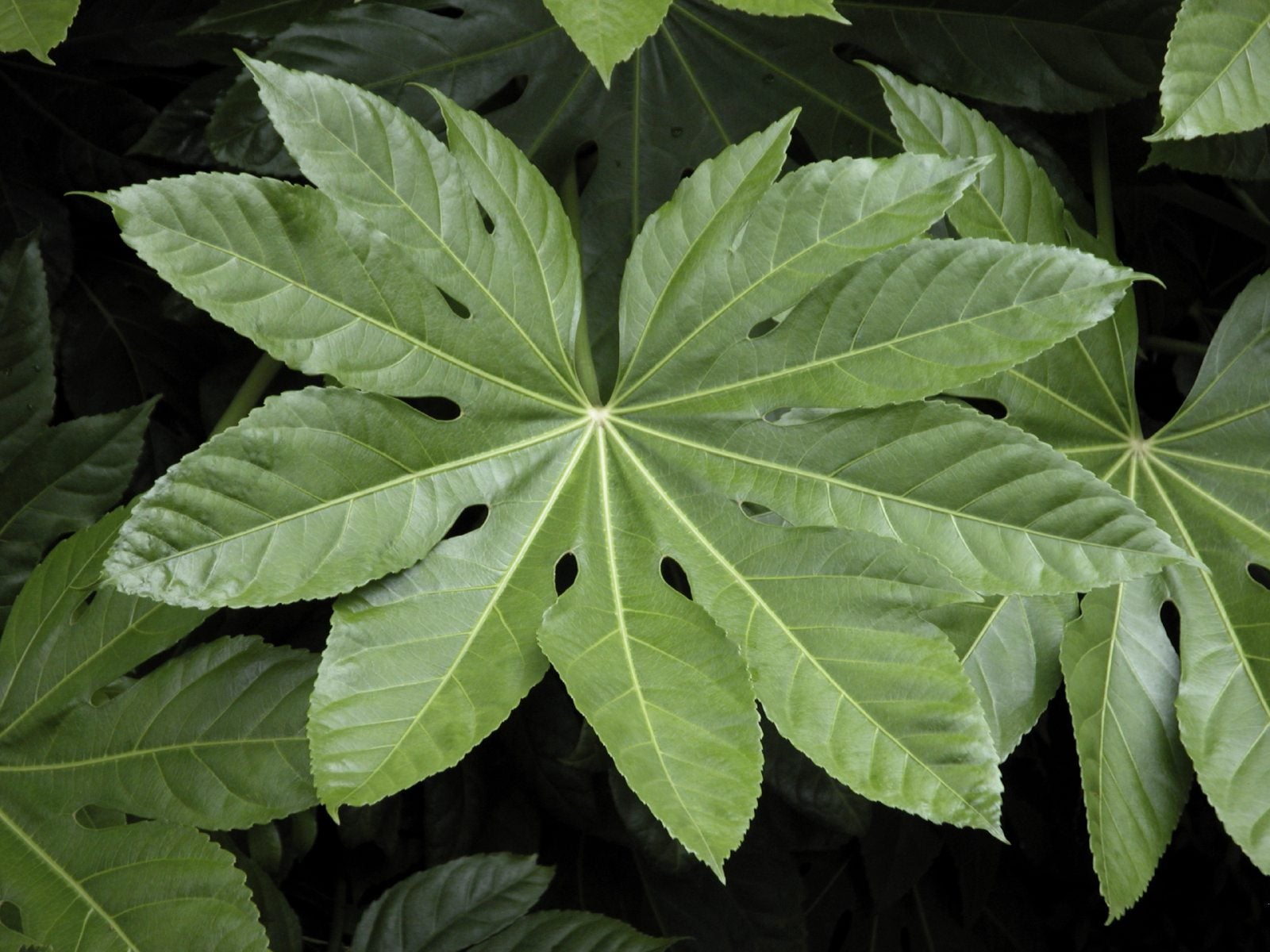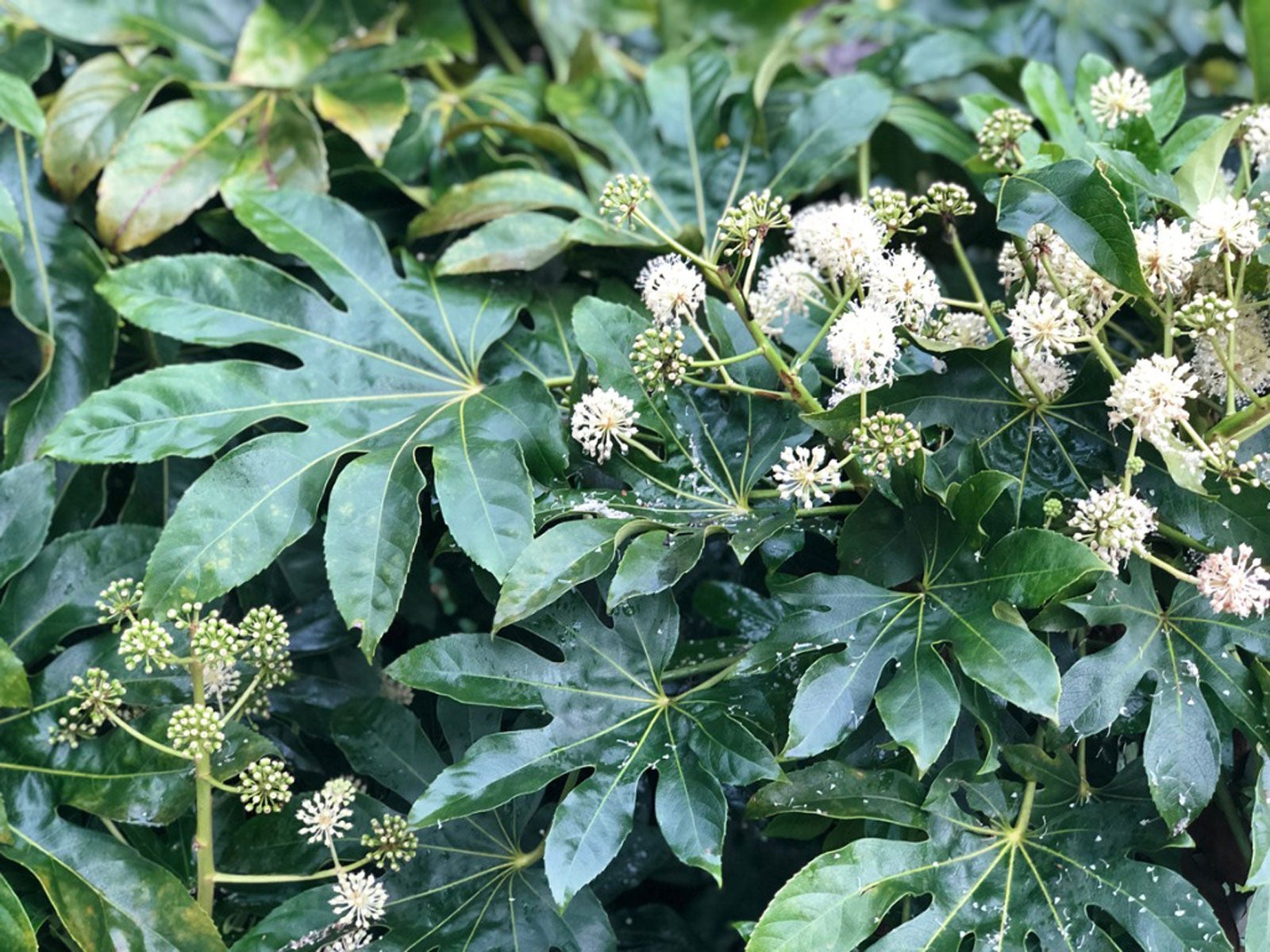Propagating Fatsia From Seed: When And How To Plant Fatsia Seeds


Although growing a shrub from seed may seem like a long wait, fatsia (Fatsia japonica), grows rather quickly. Propagating fatsia from seed won’t take as long to get a full-size plant as you may think. It will grow especially fast if given the most ideal conditions, that of partial shade and moist soil. Read on to learn about planting fatsia seeds.
About Fatsia Plants
Fatsia is a shrub native to Japan. It has a tropical appearance with bold, large leaves that are shiny and dark green. Fatsia grows 8 to 12 inches (20.5-30.5 cm.) per year and ultimately up to 10 feet (3 m.) tall and wide.
In warm climates such as the southeastern U.S., fatsia makes a pretty ornamental and is an evergreen. Grow it in moist, rich soil that drains well and in areas with dappled shade for best results.
You can also grow fatsia in containers or indoors. Transplanting is stressful for this shrub, so consider trying fatsia seed propagation.
How to Plant Fatsia Seeds
Fatsia doesn’t respond well to transplanting and, while cuttings can be used, seed propagation is the main way that the plant is grown. To start planting fatsia seeds, you must first collect the seeds from the black berries of a fatsia shrub or order some online. If collecting your own seeds, you will need to soak the berries and crush them to get the seeds from them.
Starting seeds indoors or in a greenhouse is best that way you won’t have to consider when to sow fatsia seeds outdoors, where conditions can be too variable. Plant the seeds in rich potting soil, adding compost if necessary.
Use warming mats under the starter pots, as fatsia seeds require bottom heat of around 80 F. (27 C.). Add a little water to the soil and cover the tops of pots with plastic wrap to keep seeds and soil warm and moist.
Gardening tips, videos, info and more delivered right to your inbox!
Sign up for the Gardening Know How newsletter today and receive a free copy of our e-book "How to Grow Delicious Tomatoes".
Water as needed, about every few days. You should see the seeds germinate in two to four weeks. Remove the plastic wrap once the seedlings emerge from the soil but keep the warming mat on for another week or two.
Transplant 3-inch (7.5 cm.) seedlings to larger pots and keep them warm. You can transplant seedlings outside to their permanent beds once the soil outdoors has reached at least 70 F. (21 C.).

Mary Ellen Ellis has been gardening for over 20 years. With degrees in Chemistry and Biology, Mary Ellen's specialties are flowers, native plants, and herbs.
-
 Looking For Plants To Give You The Soft And Fuzzies? Try These 5 Fuzzy Leaf Plant Options
Looking For Plants To Give You The Soft And Fuzzies? Try These 5 Fuzzy Leaf Plant OptionsLovers of texture, drama, silver foliage and tactile plants will adore these special sensory garden additions. These fuzzy leaf plant options will leave you all aglow
By Susan Albert
-
 Get Ready For A Summer Of Hummers! Grow These Full Sun Hummingbird Plants and Flowers
Get Ready For A Summer Of Hummers! Grow These Full Sun Hummingbird Plants and FlowersIf you’re lucky enough to enjoy a sunny backyard, make sure you are maxing out on your pollinator opportunities and grow these full sun hummingbird plants and flowers
By Tonya Barnett
-
 Potted Fatsia Care: Tips On Growing A Fatsia Indoors
Potted Fatsia Care: Tips On Growing A Fatsia IndoorsFatsia is an evergreen shrub and is a pretty tough and forgiving plant in outdoor gardens, but it is also possible to grow fatsia indoors. Your potted fatsia inside may not get flowers, but you can still enjoy the exotic foliage given proper indoor culture. Learn more here.
By Raffaele Di Lallo
-
 Aralia Plant Information: Tips On Growing Aralias
Aralia Plant Information: Tips On Growing AraliasAralia is a striking, multi-stemmed plant of more than 70 species. With so many types of aralia from which to choose, you can enjoy a variety of forms. Read this article for more aralia plant information, including growing aralias and care of aralias.
By Mary H. Dyer
-
 Japanese Aralia Care: How To Grow Fatsia Japonica
Japanese Aralia Care: How To Grow Fatsia JaponicaThe large, showy, tropical leaves may imply that Japanese aralia care is a challenge, but given the right environment, it’s a show-stopper and easy to grow.
By Jackie Carroll
-
 How To Care For Ming Aralia Houseplants
How To Care For Ming Aralia HouseplantsWhy the Ming Aralia ever fell out of favor as a houseplant is beyond me. This plant is one of the easiest houseplants available. With a little care and know how from this article, you can grow this plant in your home.
By Heather Rhoades